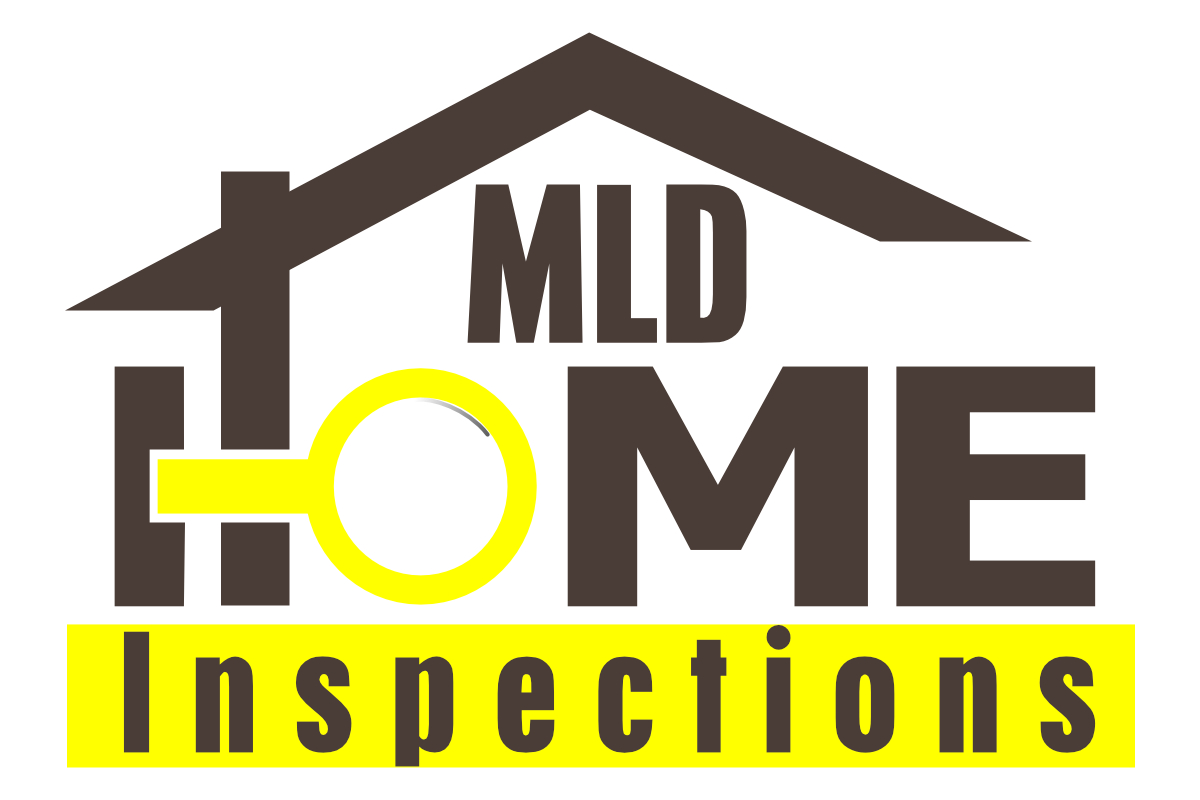
Who is a 203K Consultant and why hire one?
The 203(k) consultant is an individual that is designated by a HUD field Office in order to complete the Work Write-Up/Cost Estimate, a Consultant Report and review the required Architectural exhibits for the borrower.
So many borrowers try to avoid the extra cost involved with having a HUD consultant. Although, a truly experienced renovation loan officer would highly recommend a HUD consultant hired. An additional, small fee paid provides invaluable information to the borrowers and the key players in the renovation process. Understanding the project direction up-front saves time, effort, and money. Additionally, a consultant may even determine excessive underlying problems unseen by others.
In addition, a HUD Consultant can ensure that your Contractor isn’t “over” charging you for work, or even “under” charging you, coming back to you later asking for additional monies, with excuses of unknown issues. The costs could far outweigh the benefits or value. Who wouldn’t want to know when to walk away from a potential money pit or find out too late that you were overcharged, or now need to come up with more money than you thought?
Hiring an expert HUD Consultant makes perfect sense. Especially for buyers or homeowners who are not well versed in rehab projects. Keep in mind that the cost of a HUD Consultant can be financed into the loan, minimizing cash outlay, but maximizing your protection in the project.
Duties of 203K Consultant:
Step 1 – Site Visit:
- Consultant meets with the borrower at the site.
- A general examination of the work determines if the project is feasible.
- If feasible, Client will sign Consultant Agreement and pay Consultant a retainer fee.
Step 2 – Consultant prepares a detailed Report which contains:
- Clear, concise project specifications
- Construction cost analysis
- HUD required draw request forms
- Prepares contractor bid packages
- Prepares lender packages
Step 3 – Consultant delivers the Report Package:
- Borrower
- Lender
- Contractor
Step 4 – Selection of a Contractor by the Borrower:
- The Borrower will select a contractor.
- Buyers please note, banks have certain requirements for contractors, find out what they are.
Step 5 – Loan Closes:
- Repair funds must be place in escrow.
- Remodeling begins.
Step 6 – Consultant Performs Draw Request Inspections:
- 1st Draw – Consultant must insure that permits are issued.
- 2nd and 3rd Draw – Draw request inspections will be perform as work progresses.
- 4th Draw – Consultant must make a punch list.
- 5th Draw – The project will be close and warranties and lien releases collected.
